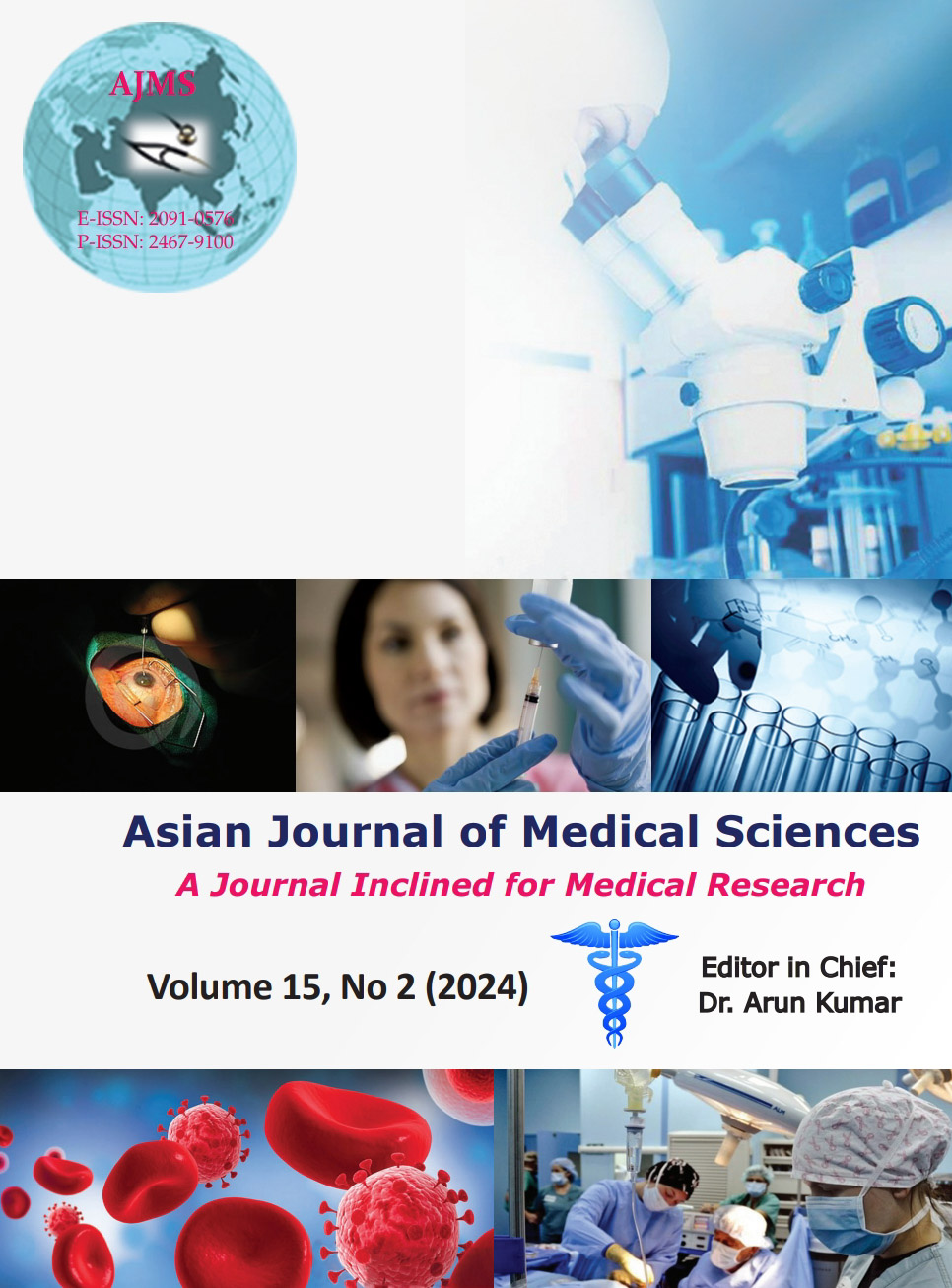A comparative study to evaluate the optimum intubating dose of rocuronium bromide versus succinylcholine chloride as an ideal intubating muscle-relaxing agent
Keywords:
Rocuronium bromide; Succinylcholine chloride; Neuromuscular blockadeAbstract
Background: Rocuronium bromide is a new amino steroidal neuromuscular blocking agent which is structurally related to vecuronium and its onset time and intubating conditions are comparable with succinylcholine and without the undesirable side effects.
Aims and Objectives: This study was planned to evaluate the ideal intubating dose of rocuronium bromide by comparing intubating conditions achieved by its different doses of rocuronium bromide and to consider rocuronium as an ideal intubating muscle relaxing agent, in place of succinylcholine chloride for elective long surgeries.
Materials and Methods: This study was conducted on 120 patients who fulfilled the eligibility criteria. These patients were randomized into four groups of 30 each by block randomization technique. Each group received rocuronium bromide 0.6 mg/kg, 0.9 mg/kg, 1.2 mg/kg, and succinylcholine chloride 1 mg/kg, respectively.
Results: Out of all the three doses of rocuronium bromide 0.9 mg/kg produced a similar intubating condition as succinylcholine chloride in the dose of 1 mg/kg without undue prolongation of the neuromuscular blockade.
Conclusion: Rocuronium bromide can be used as an alternative to succinylcholine as an ideal intubating muscle relaxing agent.
Downloads
Downloads
Published
How to Cite
Issue
Section
License
Copyright (c) 2023 Asian Journal of Medical Sciences

This work is licensed under a Creative Commons Attribution-NonCommercial 4.0 International License.
Authors who publish with this journal agree to the following terms:
- The journal holds copyright and publishes the work under a Creative Commons CC-BY-NC license that permits use, distribution and reprduction in any medium, provided the original work is properly cited and is not used for commercial purposes. The journal should be recognised as the original publisher of this work.
- Authors are able to enter into separate, additional contractual arrangements for the non-exclusive distribution of the journal's published version of the work (e.g., post it to an institutional repository or publish it in a book), with an acknowledgement of its initial publication in this journal.
- Authors are permitted and encouraged to post their work online (e.g., in institutional repositories or on their website) prior to and during the submission process, as it can lead to productive exchanges, as well as earlier and greater citation of published work (See The Effect of Open Access).




